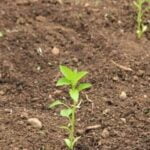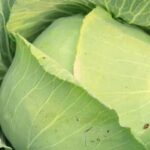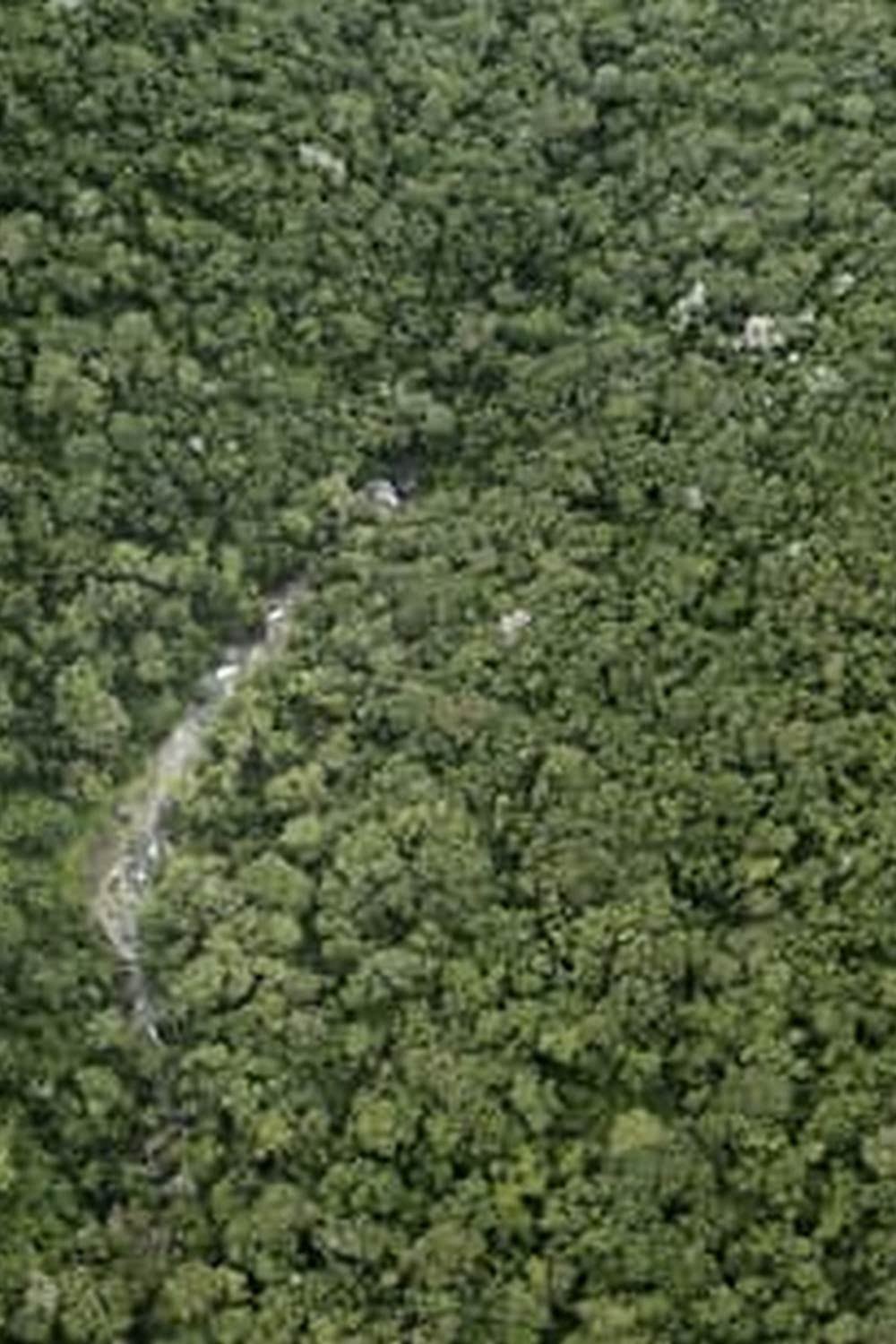Container gardening offers a practical solution for individuals with limited outdoor space who still want to grow their own vegetables. Using the right potting mix is crucial for the success of vegetable container gardening. This article will guide you through the process of choosing and creating the ideal potting mix for your vegetable plants, ensuring that they thrive in a confined environment.
When it comes to container gardening, the choice of potting mix plays a significant role in the overall health and growth of your vegetables. Factors such as water retention, nutrient content, and pH levels are essential considerations when selecting the right potting mix for your plants. Understanding the composition of the soil is equally important in order to provide optimal growing conditions for your vegetables.
In this article, we will delve into the details of soil composition, exploring the role of organic matter, perlite, and vermiculite in creating an ideal potting mix for vegetable container gardening. We will also discuss different types of potting mix options available, including pre-mixed blends and homemade recipes tailored to your specific needs. Additionally, we will provide valuable tips for maintaining healthy soil and troubleshooting common potting mix issues that may arise during your container gardening journey.
Choosing the Right Potting Mix
When it comes to vegetable container gardening, choosing the right potting mix is essential for the success of your crops. The potting mix you select will directly impact the growth and overall health of your vegetables, so it’s important to consider several factors when making your choice. One of the key factors to consider is water retention.
A high-quality potting mix should have the ability to retain moisture while also allowing for proper drainage to prevent waterlogging. This balance is crucial for ensuring that your vegetables receive adequate hydration without becoming waterlogged, which can lead to root rot and other issues.
In addition to water retention, nutrient content is another critical consideration when selecting a potting mix for vegetable container gardening. A nutrient-rich potting mix is essential for providing your vegetables with the essential minerals and elements they need to thrive.
Look for a potting mix that contains a balanced blend of macro and micronutrients, such as nitrogen, phosphorus, potassium, calcium, magnesium, and trace minerals like iron and zinc. These nutrients are vital for supporting healthy plant growth, flower development, and fruit production.
pH levels play a significant role in the overall health and productivity of your vegetable plants. Different types of vegetables thrive in specific pH ranges, so it’s important to choose a potting mix with an appropriate pH level for the types of vegetables you plan to grow in your containers.
Most vegetable plants prefer slightly acidic soil with a pH range between 6.0 and 7.0. Testing the pH level of your potting mix using a soil testing kit can help you determine if any adjustments are needed to create an optimal growing environment for your vegetables.
- Factors to Consider When Choosing Potting Mix:
- Water retention
- Importance of moisture balance
- Prevention of waterlogging
- Nutrient content
- Essential macro and micronutrients
- Supporting healthy plant growth
- pH levels
- Ideal pH range for vegetable plants
- Testing and adjusting soil pH
Overall I would recommend including these factors into consideration before making a decision on what type of potting mix would be best suited for growing vegetable container gardening: diversity in organic materials within the mixture such as bark fines or peat moss something that can really help ensure proper drainage when maintaining nutrition depth better than just natural dirt alone.
Understanding Soil Composition
When it comes to growing vegetables in containers, understanding the ideal soil composition is crucial for the success of your garden. The right potting mix can provide the necessary support and nutrients for your plants to thrive in a confined space. By utilizing the right combination of organic matter, perlite, and vermiculite, you can create a healthy environment for your vegetables to grow and produce an abundant harvest.
Role of Organic Matter
Organic matter plays a vital role in soil composition, providing essential nutrients and improving the overall structure of the potting mix. Compost, well-rotted manure, or peat moss are commonly used organic materials that help retain moisture, promote healthy root development, and enhance the fertility of the soil. When selecting a potting mix for vegetable container gardening, ensure that it contains adequate organic matter to support the nutritional needs of your plants.
Perlite and Vermiculite
In addition to organic matter, incorporating perlite and vermiculite into the potting mix is important for creating a well-aerated and well-draining environment for vegetable container gardening. Perlite is a volcanic mineral that helps improve drainage and aeration in the soil while promoting effective root growth. Vermiculite, on the other hand, aids in water retention and nutrient distribution within the potting mix. Both of these components contribute to maintaining optimal moisture levels and preventing compaction in container gardening.
Importance of Balanced Soil Composition
Achieving a balanced soil composition with an appropriate combination of organic matter, perlite, and vermiculite is essential for supporting healthy plant growth in vegetable container gardening. The presence of these components enables good drainage while retaining moisture and nutrients necessary for sustaining plant health.
It also prevents issues such as waterlogging or nutrient deficiencies that can occur in compacted or poorly structured soils. By understanding the role of each element in soil composition, you can create an optimal environment for growing vegetables in containers using the right potting mix.
Understanding how organic matter, perlite, and vermiculite contribute to soil composition will help you make informed choices when selecting or creating a potting mix for vegetable container gardening. By paying attention to these factors, you can ensure that your plants receive adequate support, nutrition, and drainage within their limited growing space.
Types of Potting Mix for Vegetable Container Gardening
When it comes to vegetable container gardening, choosing the right potting mix is crucial for the success of your plants. There are various types of potting mix options available, each catering to different needs and preferences. Here are some commonly used potting mix options for vegetable container gardening:
1. Pre-Mixed Potting Mix: This type of potting mix is readily available at garden centers and nurseries. It is convenient to use and often contains a blend of peat moss, perlite, vermiculite, and other organic materials that provide good drainage and aeration for vegetable plants. Look for pre-mixed potting mixes specifically formulated for vegetables to ensure they have the necessary nutrients.
2. Homemade Potting Mix Recipes: Some gardeners prefer to create their own potting mix tailored to their specific needs. A homemade potting mix can be customized by blending ingredients such as compost, coconut coir, perlite, and soil amendments like bone meal or worm castings. This allows you to have full control over the nutrient content and pH levels of the mix.
3. Specialized Blends for Specific Vegetable Types: Certain vegetables may have unique soil requirements, such as acidic soil for blueberries or well-draining soil for carrots. In such cases, specialized blends of potting mix may be available to cater to the specific needs of these vegetables. For example, there are specially formulated potting mixes for acid-loving plants that contain materials like pine bark or sphagnum peat moss.
It’s important to consider the specific requirements of your vegetable plants when selecting a potting mix for your containers. Whether you choose a pre-mixed option from the store or decide to make your own customized blend, ensuring that it has proper water retention, nutrient content, and pH levels will contribute significantly to the healthy growth of your vegetables in containers”.
Tips for Mixing Your Own Potting Mix
When it comes to vegetable container gardening, choosing the right potting mix is essential for the success of your plants. While pre-mixed potting mixes are readily available in stores, mixing your own potting mix can give you more control over the composition and tailor it to the specific needs of your vegetables. Here are some tips for creating a customized potting mix for your vegetable container garden.
Understand Your Vegetable’s Needs
Different vegetables have different soil requirements, so it’s important to understand the specific needs of the plants you’ll be growing in containers. Some vegetables may prefer a well-draining mix with excellent aeration, while others may thrive in a more moisture-retentive blend. Researching the soil preferences of each vegetable will help you create a potting mix that meets their needs.
Basic Components of Homemade Potting Mix
A basic homemade potting mix often consists of three main components: peat moss or coconut coir for moisture retention and aeration, perlite or vermiculite for improved drainage and air circulation, and compost or organic matter for nutrient content. The ratio of these components will vary depending on the specific needs of your vegetables. For example, leafy greens may benefit from a lighter mix with more perlite for better drainage, while root vegetables may require more compost for nutrient availability.
Testing and Adjusting Your Mix
Once you’ve mixed together the basic components, it’s essential to test your potting mix before using it for planting. Fill a container with your homemade mix and water it thoroughly. Check how well the mixture retains water and whether excess water drains effectively. You can also assess its texture and structure to determine if any adjustments need to be made to improve its performance as a potting medium for vegetable container gardening.
By following these step-by-step instructions and customizing your own potting mix tailored to the specific needs of your vegetable container garden, you’ll have greater control over the health and productivity of your plants. Mixing your own potting mix allows you to adjust key factors such as water retention, nutrient content, and overall soil composition based on the requirements of different types of vegetables.
Maintaining Healthy Soil
A crucial aspect of successful vegetable container gardening is maintaining healthy soil in the potting mix over time. Proper maintenance ensures that the potting mix retains its fertility and provides essential nutrients to the growing plants. This section will provide tips for maintaining the health of the potting mix, including proper watering techniques, fertilization, and soil amendment.
One important factor in maintaining healthy soil in a vegetable container garden is ensuring proper watering techniques. Overwatering or underwatering can both have detrimental effects on the potting mix. It is essential to monitor the moisture level regularly and adjust the watering frequency as needed. Additionally, using a well-draining potting mix is key to preventing waterlogged soil, which can lead to root rot and other issues.
Fertilization is another critical aspect of maintaining healthy soil in vegetable container gardening. The potting mix for vegetable container gardening should provide adequate nutrients for the plants, but over time these nutrients may become depleted. Regular fertilization with organic fertilizers or compost tea can help replenish the nutrients in the potting mix and ensure healthy plant growth.
Another method for maintaining healthy soil in vegetable container gardening is through soil amendment. Adding organic matter such as compost or aged manure to the potting mix can improve its structure and fertility over time. Organic matter helps retain moisture, improves drainage, and provides essential nutrients to support plant growth.
| Aspect | Tip |
|---|---|
| Watering Techniques | Monitor moisture levels regularly and adjust watering frequency as needed. |
| Fertilization | Regularly use organic fertilizers or compost tea to replenish nutrients. |
| Soil Amendment | Add organic matter like compost or aged manure to improve structure and fertility. |
Troubleshooting Common Potting Mix Issues
When it comes to vegetable container gardening, the potting mix plays a crucial role in the success of your plants. However, there are common problems that can arise with potting mix, such as compaction, nutrient deficiencies, and pH imbalances. Understanding how to troubleshoot these issues is essential for maintaining healthy and thriving vegetable plants.
Compaction is a common issue with potting mix for vegetable container gardening, especially over time as the soil settles. Compacted soil can restrict root growth and water absorption, leading to stunted plant growth. One solution to this problem is to regularly aerate the soil by gently loosening it with a small garden fork or by adding organic matter like compost to improve its structure and drainage.
Nutrient deficiencies can also occur in potting mix for vegetable container gardening, particularly if the soil lacks sufficient organic matter and nutrients. To address this issue, consider using a balanced fertilizer specifically formulated for vegetable plants or incorporating slow-release organic fertilizers into the potting mix to provide long-lasting nutrition for your plants.
pH imbalances can have a significant impact on the growth and development of vegetables in containers. Most vegetable plants prefer slightly acidic soil with a pH range of 6.0 to 6.8. Regularly testing the pH of your potting mix and making adjustments using products specifically designed to raise or lower pH levels can help ensure that your plants have an optimal growing environment.
| Common Potting Mix Issue | Solution |
|---|---|
| Compaction | Aerate soil regularly by loosening it with a garden fork or adding organic matter like compost. |
| Nutrient Deficiencies | Use balanced fertilizer formulated for vegetables or incorporate slow-release organic fertilizers into the potting mix. |
| pH Imbalances | Regularly test pH levels and make adjustments using specific products designed to raise or lower pH levels. |
Conclusion
In conclusion, the choice of potting mix for vegetable container gardening plays a crucial role in the success of growing healthy and productive vegetables in limited spaces. The right potting mix can provide the necessary nutrients, water retention, and proper pH levels essential for the growth of vegetables in containers. As discussed in this article, understanding soil composition and choosing the right type of potting mix is integral to successful vegetable container gardening.
Experimenting with different potting mix options can be a fun and rewarding experience for gardeners. Whether it’s using pre-mixed potting mixes, creating homemade recipes, or exploring specialized blends for specific vegetable types, there are various options available to cater to different needs and preferences. By trying out different types of potting mix, gardeners can find the best fit for their specific requirements and improve the overall health and productivity of their vegetable container gardens.
Frequently Asked Questions
What Is the Best Soil Mix for Container Vegetable Gardening?
The best soil mix for container vegetable gardening is one that provides good drainage, moisture retention, and nutrient-rich ingredients. A combination of potting soil, compost, and perlite or sand can create a well-balanced mix for healthy vegetable growth.
What Is the Soil Mix for Vegetable Planters?
The soil mix for vegetable planters should be well-aerated, fertile, and have a pH level suitable for vegetable growth. A blend of topsoil, compost, and peat moss can create a nutrient-rich environment for vegetables to thrive in containers.
Do You Need Special Potting Mix for Vegetables?
Yes, you do need special potting mix for vegetables when growing them in containers. Regular garden soil may not provide the necessary nutrients and drainage required for successful container vegetable gardening. Specialized potting mixes are designed to meet the specific needs of vegetables grown in containers.

If you’re looking to get into vegetable gardening, or are just looking for some tips on how to make your current garden better, then you’ve come to the right place! My name is Ethel and I have been gardening for years. In this blog, I’m going to share with you some of my best tips on how to create a successful vegetable garden.





